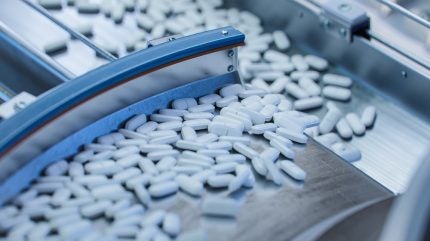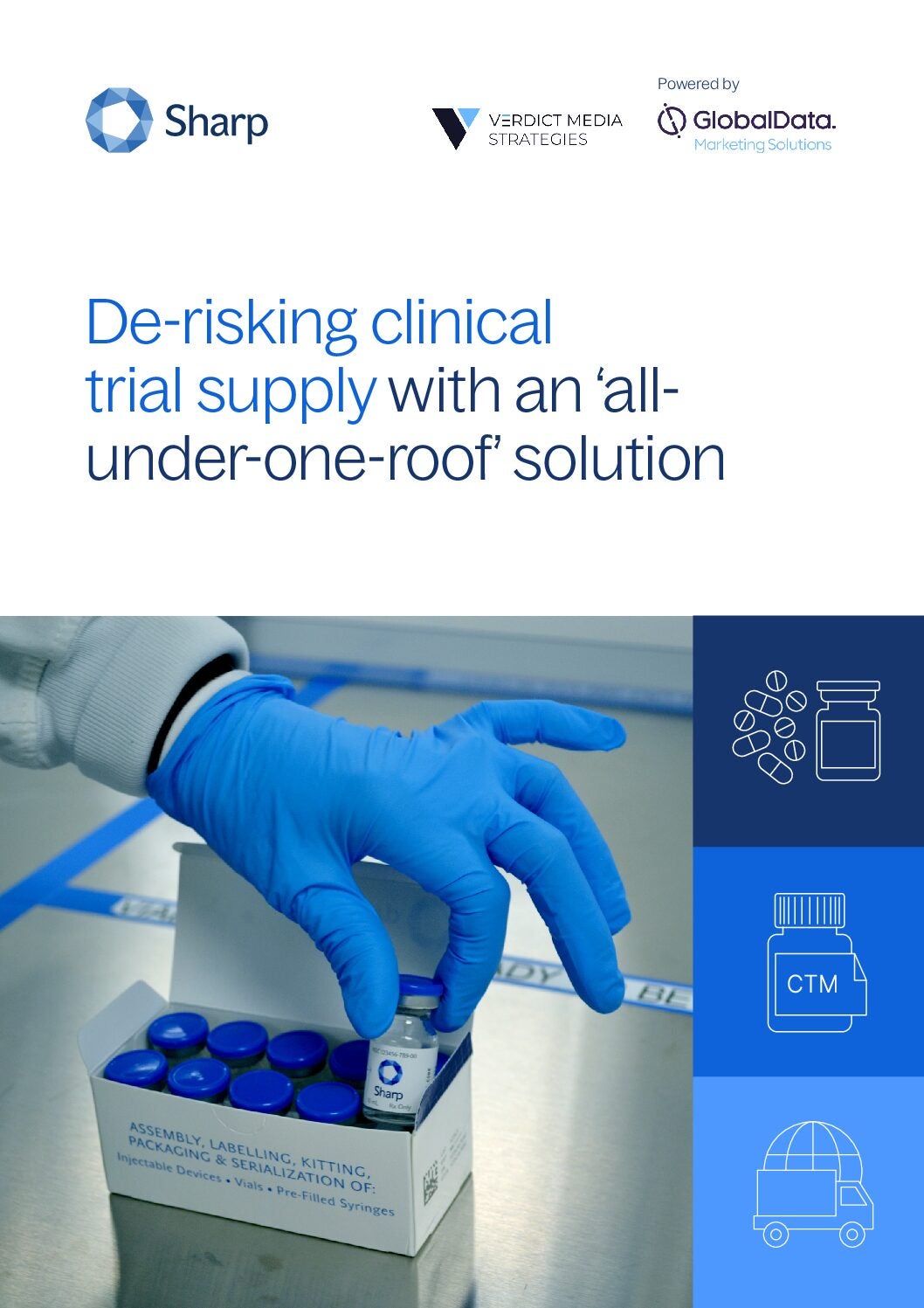
“We don’t want to reject a batch; we understand the role we play in these supply chains and the development of promising new therapies for patients. But if there is any potential risk for a patient or any risk of regulatory noncompliance, there’s nothing else we can do,” says Erwin Van Streun, Quality Assurance Manager & Qualified Person at Sharp Services.
Patient safety comes first and foremost in clinical trials, just as it does with commercial pharmaceuticals. Responsible for certifying pharmaceutical products before they’re used in studies across Europe, Qualified Persons play a critical role in safeguarding patients from potential quality issues in the investigative medicinal product (IMP) manufacturing process.
To receive approval from regulatory bodies in the European Union (EU), every pharmaceutical sponsor that produces IMP outside of the EU or United Kingdom (UK) must be able to state that their non-EU or non-UK manufacturing and testing sites comply with EU-Good Manufacturing Practice (GMP). This declaration is performed by a Qualified Person, who assesses the licenses and certifications of the relevant manufacturing sites and produces or reviews reports from on-site audits.
In addition to declarations, QPs are responsible for certifying every batch of IMP before its release to patients. This requires an extensive list of documentation to support the batch’s quality, safety and compliance with the Investigational Medicinal Product Dossier (IMPD). The necessary material can be divided into three key groups, including regulatory documentation (such as the IMPD, study protocol, and regulatory approvals), supply chain documentation (including QP declaration and a full overview of the supply chain and any quality agreements), and batch-specific documentation such as manufacturing records and in-process controls. Other documentation outside of these categories include stability data, blinding checks, and master batch records. Once the QP has gathered and reviewed all the required documentation and is confident that there are no deviations affecting product quality, safety, or efficacy, the batch can be certified and released for use in the study.
Who is liable for mistakes?
There is a very important legal element at play here, notes Mike Jentsch, QP, Sharp. “QPs have a legal responsibility for the products that they certify and release to the market. If I willingly certified a batch knowing there was a quality issue with it which then caused harm to a patient, I am personally liable. This is quite unique from the rest of the world. The US, for example, has no QPs. They have quality representatives, but they don’t take any legal liability. In the same situation, that would mean the company is responsible for the harm to the patient.”
No decision from a QP can be overruled by management. QPs therefore have a high degree of responsibility and must ensure they remain up to date with technological advancements, which typically evolve faster than the regulations. Internal and external training is necessary every year, while on-site audits help QPs gain fresh knowledge and perspective of various approaches to manufacturing.
“While there are many similarities in the manufacturing processes and technologies across the sites we visit, each and every company has a slightly different approach for how they carry out production, quality control, supply, and audits,” says Van Streun. “As a QP, you learn a lot by going on an audit, but you also gain the confidence that the company is doing what it should.”
Auditing with an open mind
Although a one-day audit can suffice in some situations, it has become standard to spend two days carrying out the necessary checks. “You get a better sense of the full quality system and the facilities,” finds Jentsch. The ability to carry out the inspection on site is also critical in this regard. While remote audits helped to keep clinical trials moving during COVID-19, it became harder for the QP to gain a complete picture, explains Van Streun. Now, Sharp’s QPs will no longer perform a remote audit, although the company continues to accept them as part of its customers’ own auditing processes of Sharp’s sites.
“While you can look at documentation remotely, even from your home, one of the most important things is to actually see the personnel there,” Van Streun says. “You need to talk to the employees and see what is happening on the shopfloor. You will never be able to pick that up during a remote audit.”
“How are the operators behaving in the room? Are they, for example, chewing their nails or fixing their hair?” adds Jentsch. “Room behaviour is very important to assure sterility of products, and you can only see that during an on-site audit. One of the final things I always ask myself when I’m leaving a site, is if I am the patient and I am taking the medicines that are produced here, would I still take them based on everything I’ve seen?”
At the start of the visit, however, keeping an open mind is essential. If an issue is observed, it can be discussed with the auditee, who might have a perfectly good explanation behind their processes. Risk-based approaches are always acceptable if documented properly, and this is the approach Sharp always endeavours to take.
“It should also be a collaboration; we should be working together and not against each other. We’re just looking for proof that the company is doing what it should so that we can sign off on the QP declaration without reservations. At the same time, we learn from every audit and continue to build our experience,” adds Van Streun.
Sharp’s trusted QP services
Every pharmaceutical manufacturer within the EU is legally required to have a QP on their license. Sharp is a key partner in the delivery of clinical trials, providing everything from analytics and product development to contract manufacturing, primary and secondary packaging, and distribution services. The CDMO’s QP services help to streamline the investigative product’s journey to European patients, giving customers confidence that their product has been processed in full compliance with the regulations. Sharp’s team of QPs are based between Heerenveen, the Netherlands, and Rhymney, UK.
“A big advantage of working at Sharp as a QP is you have a broad range of products that you are involved with, meaning you can acquire a broader set of knowledge and experience,” says Jentsch. The team is divided into several subgroups based on areas of expertise. This translates into significant advantages for Sharp’s customers, who benefit from having QPs with deep experience certifying their products and keeping their patients safe.
In January 2022, the QP certification landscape shifted due to the UK’s withdrawal from the EU, which became official at the beginning of 2020. This introduced complications into the process, as it meant that a UK QP certification was no longer valid in the EU, requiring all batches to be recertified by an EU QP. For the UK market, an EU QP is still able to perform batch certification if a UK QP is able to provide oversight by checking the relevant documentation involved and confirming the certification has been done correctly.
With closely connected facilities in both the EU and UK, Sharp’s customers can easily serve both markets without facing the additional complexity of this step. The UK QP has full and instant visibility into all documentation, facilitating an efficient process that would not be possible when another company is required to provide the oversight service in the UK.
“This means we can be very flexible in providing our service to both EU and UK markets without overcomplicating the supply chain for our customers,” adds Jentsch.
QP certification is an essential part of the clinical trial supply chain in Europe, and one that is often outsourced to service providers such as Sharp. When a pharma company works with external QPs, it’s important that they understand that the most successful partnerships are those where the pharma client sees the service as an integral part of their operations. Open communication between both sides and timely provision of the requested documentation ensures products get to patients on time and, most importantly, in a safe and sterile condition.



